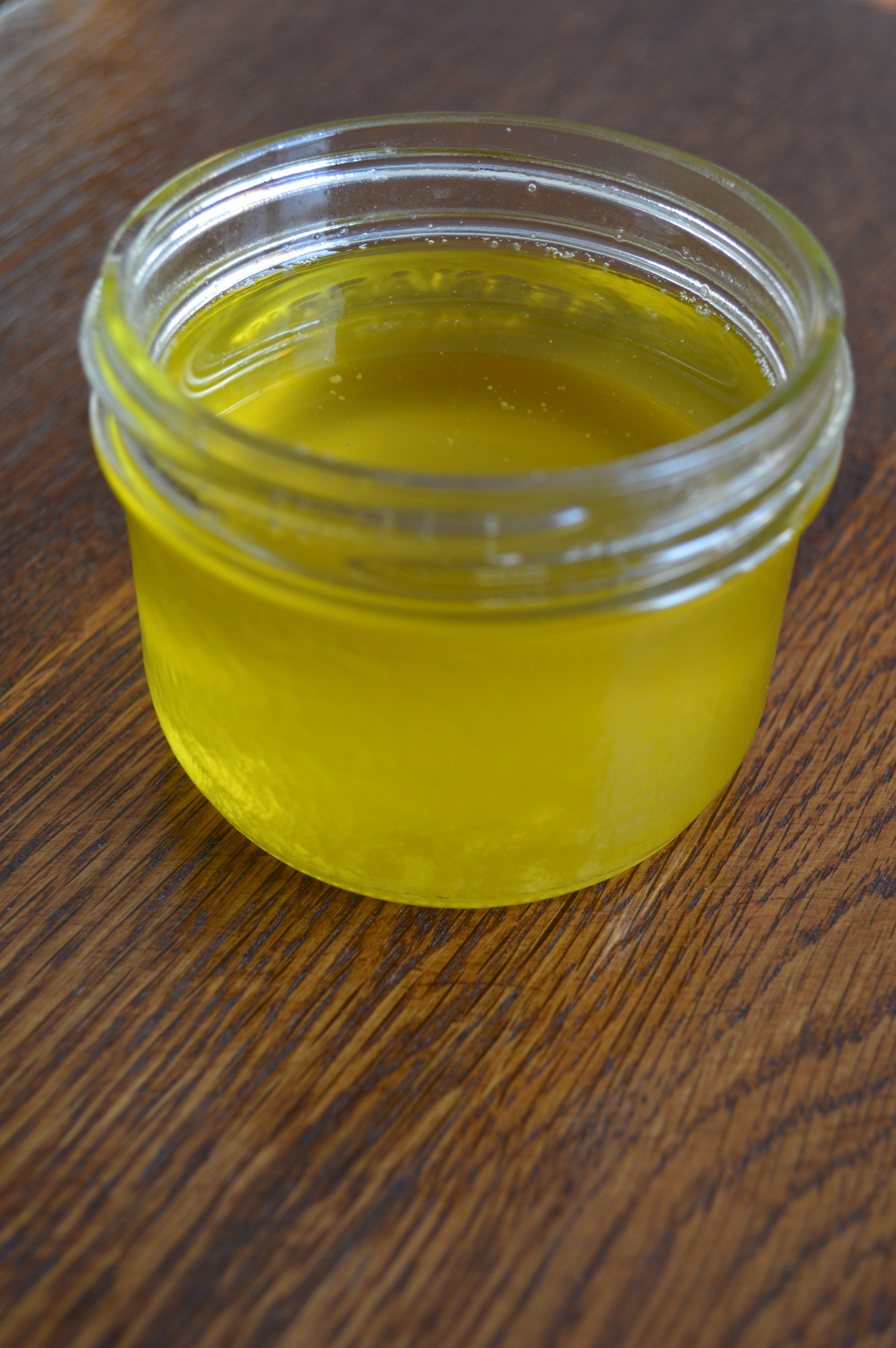

Moroccans let the spiced ghee age for months and sometimes, years. However, locals add spices such as cumin, coriander, turmeric, cardamom, cinnamon, or nutmeg which gives it a distinct aroma. In Ethiopia, ghee – or niter kibbeh as it is regionally called - is prepared with the same procedure as ghee above. In Arab countries, it is known as samnah and in Tigrinya, it is known as Tesmi. In France, this is known as beurre noisette, loosely translated as " hazelnut butter" and it is known as brown butter in English. This lends a nutty flavor to the end product. In the Middle East and South Asia, the process of obtaining clarified butter remains the same as anywhere else in the world, except that the milk solids which sink to the bottom are allowed to caramelize. Why Do We Use Cooking Oil When Cooking?Ĭlarified butter is prepared differently in various parts of the world. Manteiga-de-garrafa (Butter-in-a-bottle) or manteiga-da-terra (Butter of the In the final product, which is known as Smen. Moroccans let the ghee age for a while which results The texture, color, and taste of ghee depend on the quality of the butter and the duration of the boiling.

However, the production of ghee includes simmering the butter along with the milk solids so that they caramelize, which makes it nutty-tasting and aromatic. The process of creating traditional clarified butter is complete once the water is evaporated and the fat (clarified butter) is separated from the milk solids. Ghee, although a type of clarified butter, differs slightly in its production. Ghee is a class of clarified butter that originated in India and is commonly used in South Asian (Indian, Bangladeshi, Nepali, Sri Lankan, and Pakistani) cuisine and rituals. The texture, color, and taste of ghee depend on the quality of the butter and the duration of the boiling.īeurre noisette is used in the same way as clarified butter but can also be used in butter sauces (such as hollandaise) or in pastries to give a more pronounced butter flavor. This second method produces a tastier version of clarified butter than the first, because the milk solids have caramelized, producing what French cooks call beurre noisette and Indians call ghee. Or if you’re being fastidious, strain the butter through a fine-mesh strainer, a triple layer of cheesecloth, or a coffee filter. (Butter is about 30 percent water.) After about 5 minutes, keep a close eye on the butter-tilt the pan and look at the bottom, where some of the milk solids will cling.Ĥ) When the milk solids coagulate, first into white specks, then lightly brown ones, remove the butter from the heat and set the bottom of the saucepan in a bowl of cold water for a few seconds to stop the cooking.ĥ) Pour the butter into another container, leaving the golden brown milk solids clinging to the saucepan. If you’re only clarifying a pound or two of butter, cook the butter over medium heat in a heavy-bottomed saucepan.ģ) The butter will froth and bubble as the water in the butter boils away.

It’s worth making more than you need, since clarified butter keeps for months in the fridge and forever in the freezer. Don’t reach too far down in the pot with the ladle or you’ll bring up water and milk solids that have settled to the bottom. If you’re clarifying more than a couple of pounds, do what they do in restaurants:ġ) Melt the butter in a pot on the stove ( ideally the pot should be tall and narrow to make skimming easier), let it sit, and skim off the froth with a ladle.Ģ) Discard the froth and ladle out the pure, golden clarified butter. There are two methods for taking the milk solids out of butter to clarify it. It has negligible amounts of lactose and casein and is, therefore, acceptable to most who have a lactose intolerance or milk allergy. Clarified butter also has a much longer shelf life than fresh butter. The water evaporates, some solids float to the surface and are skimmed off, and the remainder of the milk solids sink to the bottom and are left behind when the butter fat (which would then be on top) is poured off.Ĭommercial methods of production also include direct evaporation, but may also be accomplished by decantation and centrifugation followed by vacuum drying or direct from cream by breaking the emulsion followed by centrifugation.Ĭlarified butter has a higher smoke point (485 ☏ or 252 ☌) than regular butter (325-375 ☏ or 163-190 ☌), and is therefore preferred in some cooking applications, such as sautéing. Typically, it is produced by melting butter and allowing the components to separate by density. Clarified butter is milk fat rendered from butter to separate the milk solids and water from the butterfat.


 0 kommentar(er)
0 kommentar(er)
